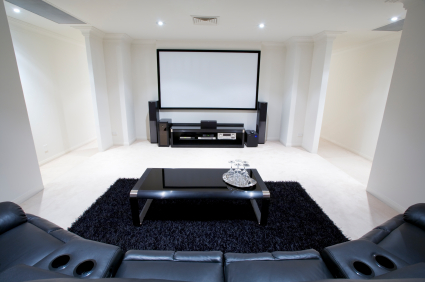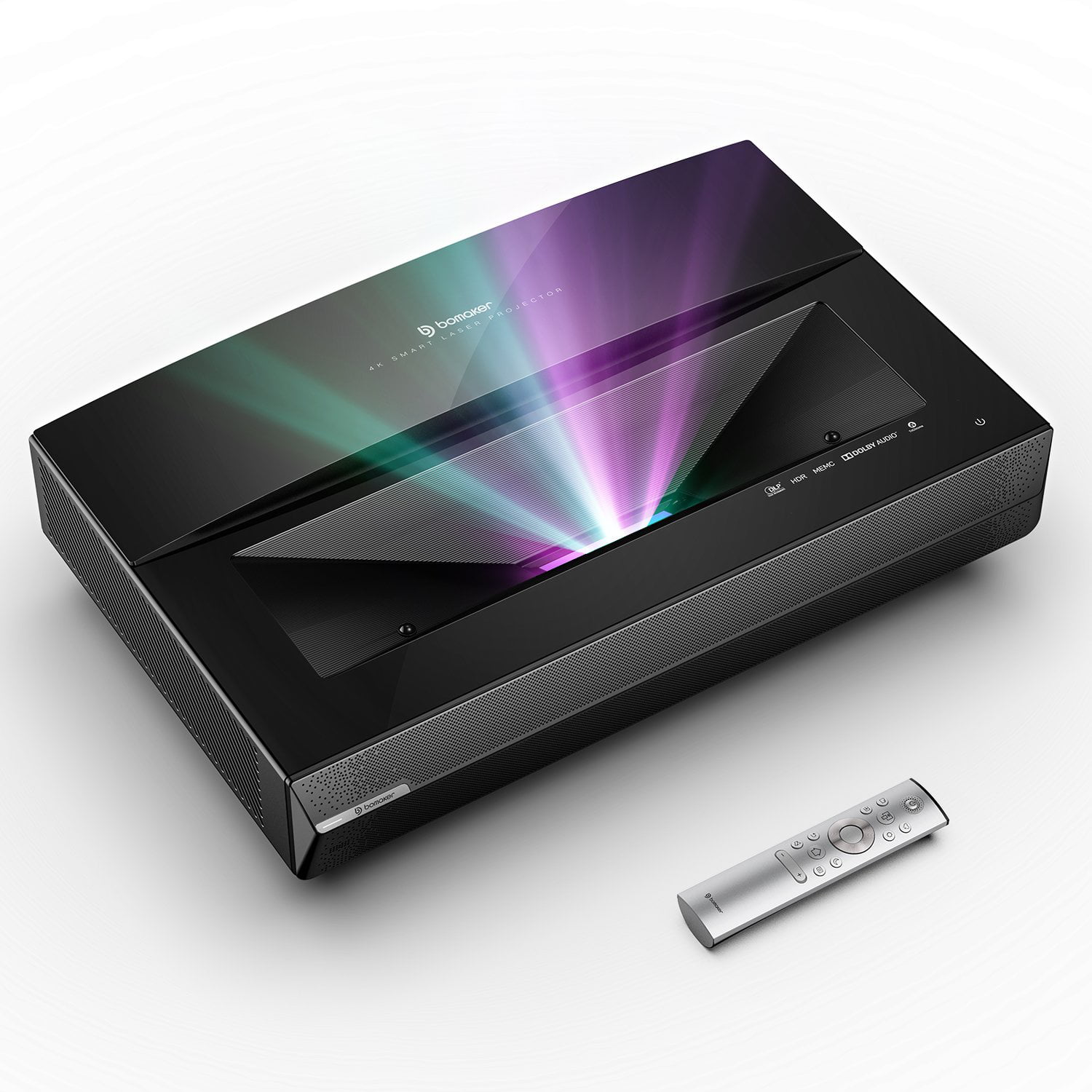
#Hd projector televisions tv#
If you want to watch television shows on your set, you'll need a TV tuner, too. But a projector on its own isn't very useful - you'll also need a screen and speakers. How much money you have to spend: Some projectors cost about as much money as a high-end rear-projection set.They may not be the best choice for daily TV viewing or for rooms with lots of ambient light. Even models with very high luminance, or light output, can't really overcome the light in a sunny room. How you plan to use your set: Front-projection setups work best in dark rooms.

In other words, if you want a 100-inch (250 centimeter) front-projection screen, you'll need to sit about 12 feet (3.7 meters) away. A good rule of thumb is that your distance from the screen should be 1 ½ times its diagonal measurement. But if you want a huge picture, you'll need to be able to sit far from the screen. Front projection can also provide the biggest screen size.

In addition, plasma screens are susceptible to burn-in - if the same image stays on the screen for a long time, it could become permanently seared into the plasma. Flat-panel LCD sets are another option, but they're limited in size to about 40 inches diagonally.Īll three flat-panel set types tend to be more expensive than most projection models. Plasma and SED-TV sets can provide a very large picture in a set that's only a few inches thick. To learn more, read How LCoS Works.įlat-panel models are another option for people who are looking for a larger TV. Most LCoS projectors use separate devices for red, green and blue, and a lens combines the three colors. When the light passes back through the liquid crystals, the crystals act as light valves to create the light and dark areas of the picture. In an LCoS set, light passes through a liquid crystal layer, then bounces off a reflective surface. LCoS: LCoS is simultaneously reflective and transmissive, and it's like a combination of DLP and LCD technology.You can get all the specifics on DLP televisions at How DLP Sets Work. Some front-projection units have separate DMDs for red, green and blue. Most DLP rear-projection sets have one DMD and a spinning, multicolored wheel that adds color. The mirrors point toward or away from a projection lens, depending on whether the corresponding pixel needs to be light or dark. DLP: A DLP projector uses a digital micromirror device (DMD) - a small, rectangular device made of microscopic mirrors - to make a picture.Next, learn about projection TV configuration. Instead of using a direct-view setup, a projection TV creates a small picture and then uses a beam of light to display that picture at a much larger size. Even though some models can't rival the quality of a direct-view CRT set, they can be much bigger. That's the main reason for projection TVs.

A CRT TV with a screen that size is deep, heavy and unwieldy. The largest CRT screens measure about 40 inches diagonally. But they do have one big drawback - since the screen is made of glass, size is limited. CRTs are very reliable and have good picture quality. That's why traditional CRT sets are called direct-view displays. When you watch, you're looking directly at the surface that the TV uses to create the picture. Color CRT televisions use three electron beams and separate phosphors for red, green and blue. Every time an electron comes into contact with the screen, that point, called a pixel, glows. A conventional television uses a cathode ray tube (CRT) to create a picture.Ī CRT fires a beam of electrons at a phosphor-coated screen.

A good way to understand how a projection TV works is to compare it to a standard TV.


 0 kommentar(er)
0 kommentar(er)
